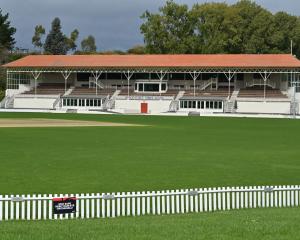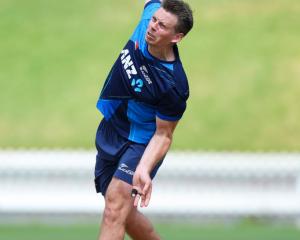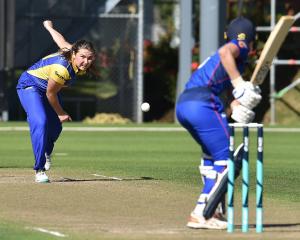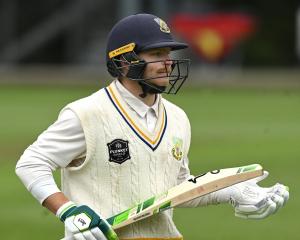
They have completed two matches against South Africa and five each against Pakistan and Sri Lanka.
Each time New Zealand plays a full or a proportion of the final 10 overs (in one match against Pakistan they were dismissed in the 39th) they average 63 runs for the loss of two wickets at a run rate of 8.52. Their opposition have averaged 59 for three at 7.80.
Remove the 2-0 series loss to South Africa from those figures and their comparison improves. They average 66 for two at 8.54 compared to 56 for three at 7.73.
The statistics are a general guideline, taking into account the rough and smooth of matches where targets are reached easily versus those where teams don't complete their 50 overs.
However, in an area of the game perceived as pivotal to determining results, New Zealand are on the right side of the ledger over the past three months.
Death bowling theories are simple: bowl yorkers or back-of-a-length at the body to cramp batsmen. In practice, putting AB de Villiers, Tillakaratne Dilshan or Shahid Afridi in front of the stumps can make it a fickle business.
The trouble with the yorker is bowlers are aiming for the proverbial 50c piece.
Miss and they present a low full toss or a half-volley. Likewise, any width presented back-of-a-length and the ball can threaten the land-speed record to the boundary rope.
Batsmen also face pressure. Scoring eight runs an over is becoming the norm. Some teams, like New Zealand, have the capability to extend that beyond 10 runs per over on occasion.
All-rounders often become key players during such scenarios. New Zealand's Corey Anderson picked up man-of-the-match with 40 runs off 28 balls and four wickets for 52 in Dunedin on Sunday.
It was his second gong this series after guiding the hosts home with 81 off 96 balls in the opener at Christchurch.
Anderson identified the death overs out as his focus, including recent bowling work on the topic with coach Shane Bond.
"It's easy to get carried away with hitting line and length but when time starts running out, that's when you can start missing [your targets]. You're a hero or a villain.
"My bowling hasn't been as up to scratch. It's more of an execution thing, missing my lines and lengths a couple of times and getting hit for one or two boundaries an over. Nullify that and I'll be alright.
"I feel like I'm in decent form seeing the ball [with the bat]. I showed myself in Christchurch that I can bat for a longer period and not lose my head.
"When I get to free the arms, it generally means we're in a good position."
Anderson acknowledged the Catch-22 that New Zealand haven't had a lot of testing in the death overs with the ball because of strong batting form, yet they don't want to manufacture such circumstances for fear of losing momentum.
"We probably need to get in a position where a couple of guys are in so we can test ourselves to finish it off in 47 or 48 overs, but we've generally nullified them with runs."
Anderson expected all-rounders to become crucial to World Cup hopes.
"We'll be playing on [batting] friendly wickets from what we've seen. With high scores, a useful four to five overs with the ball or 40-50 with the bat will provide an advantage."
Anderson singled out Australians James Faulkner and Glenn Maxwell as well as Pakistan's Afridi as among those capable of making such a difference.
- By Andrew Alderson of the New Zealand Herald












